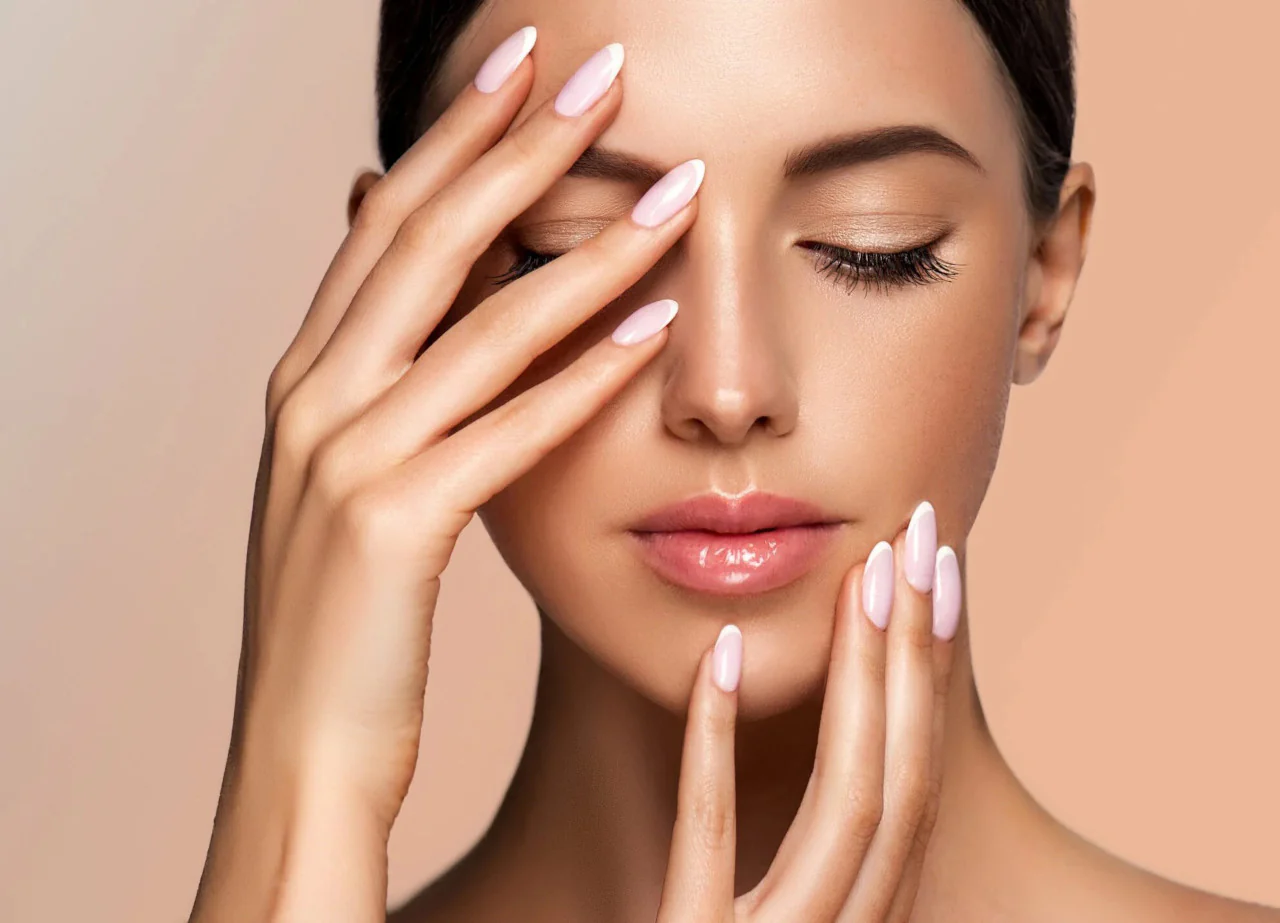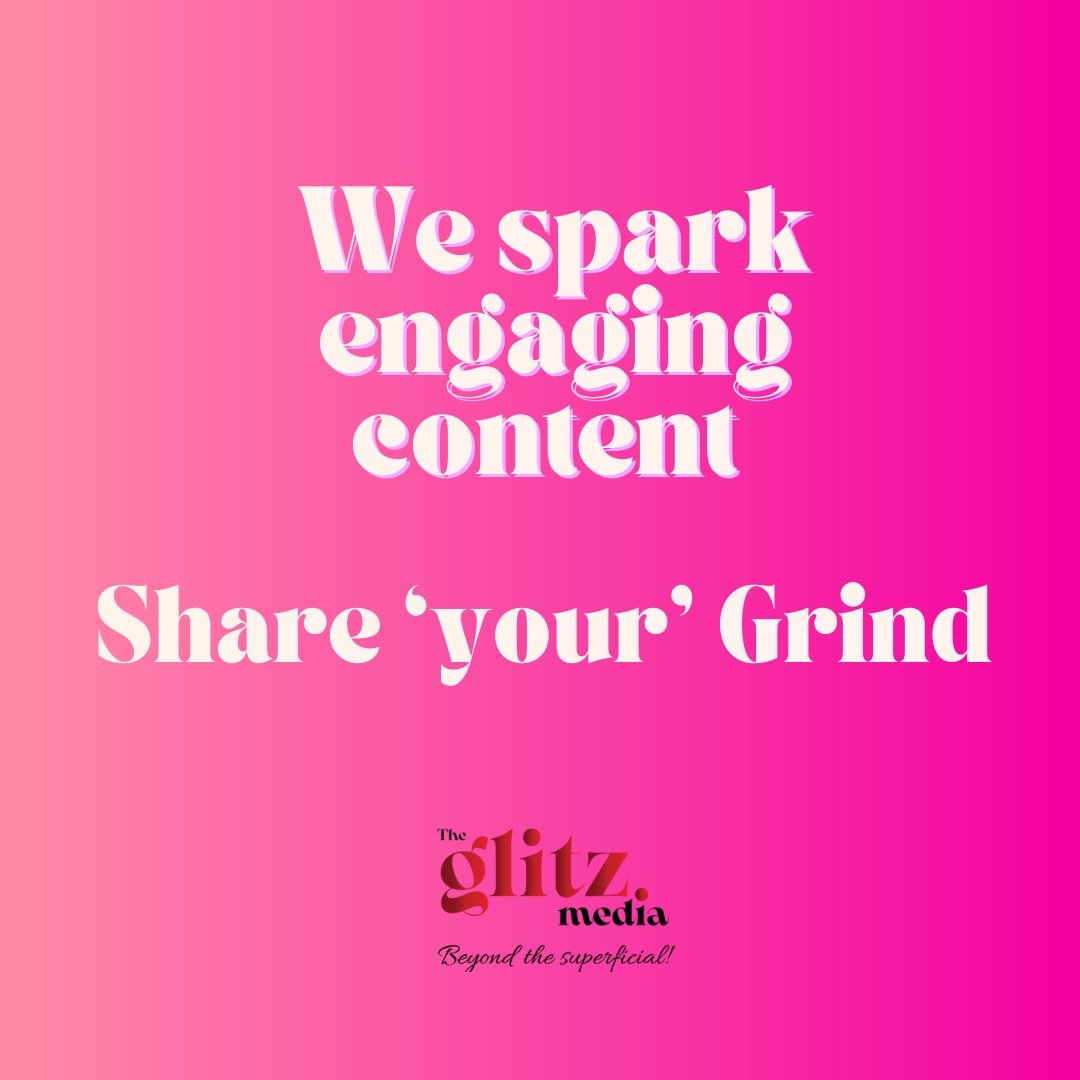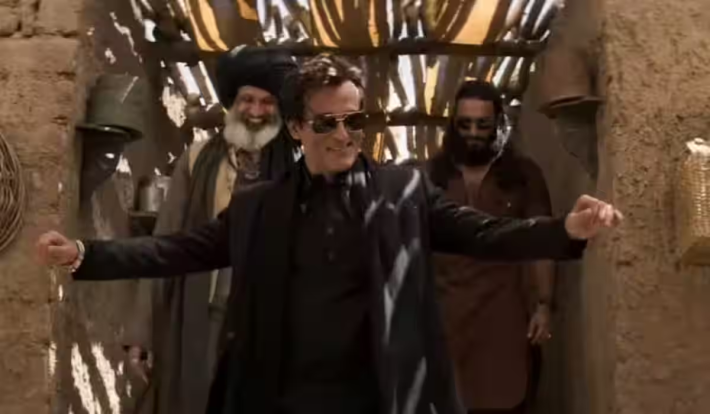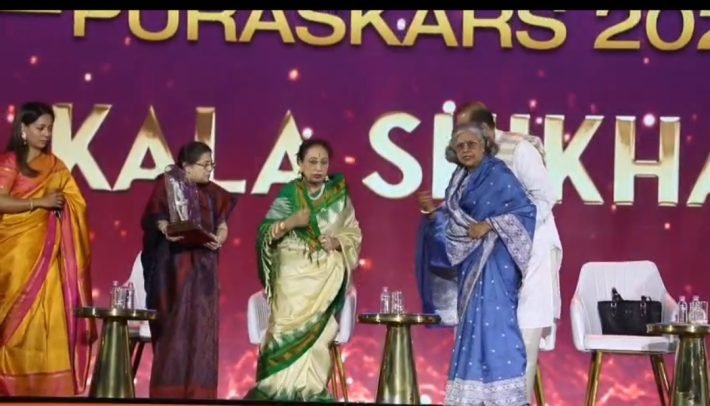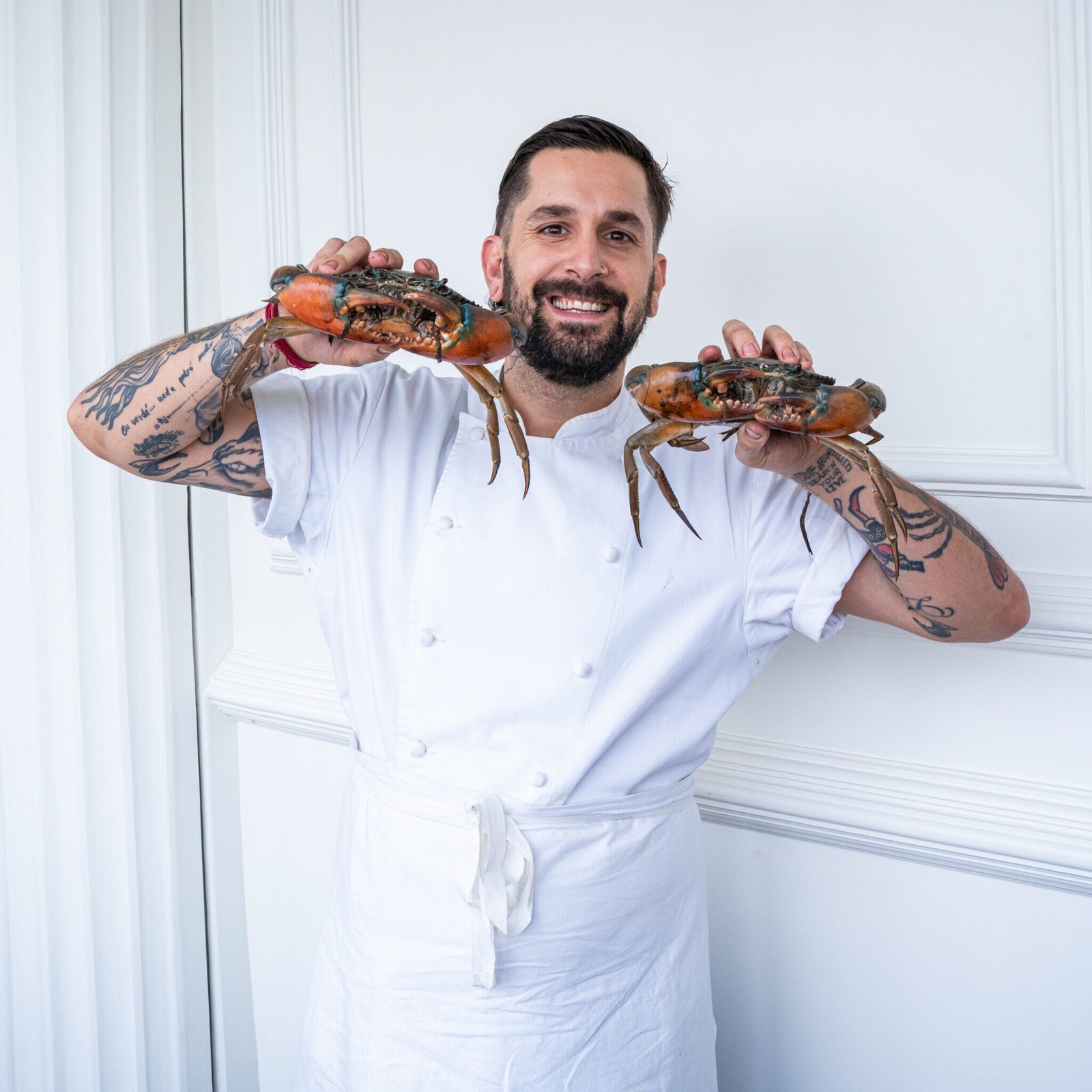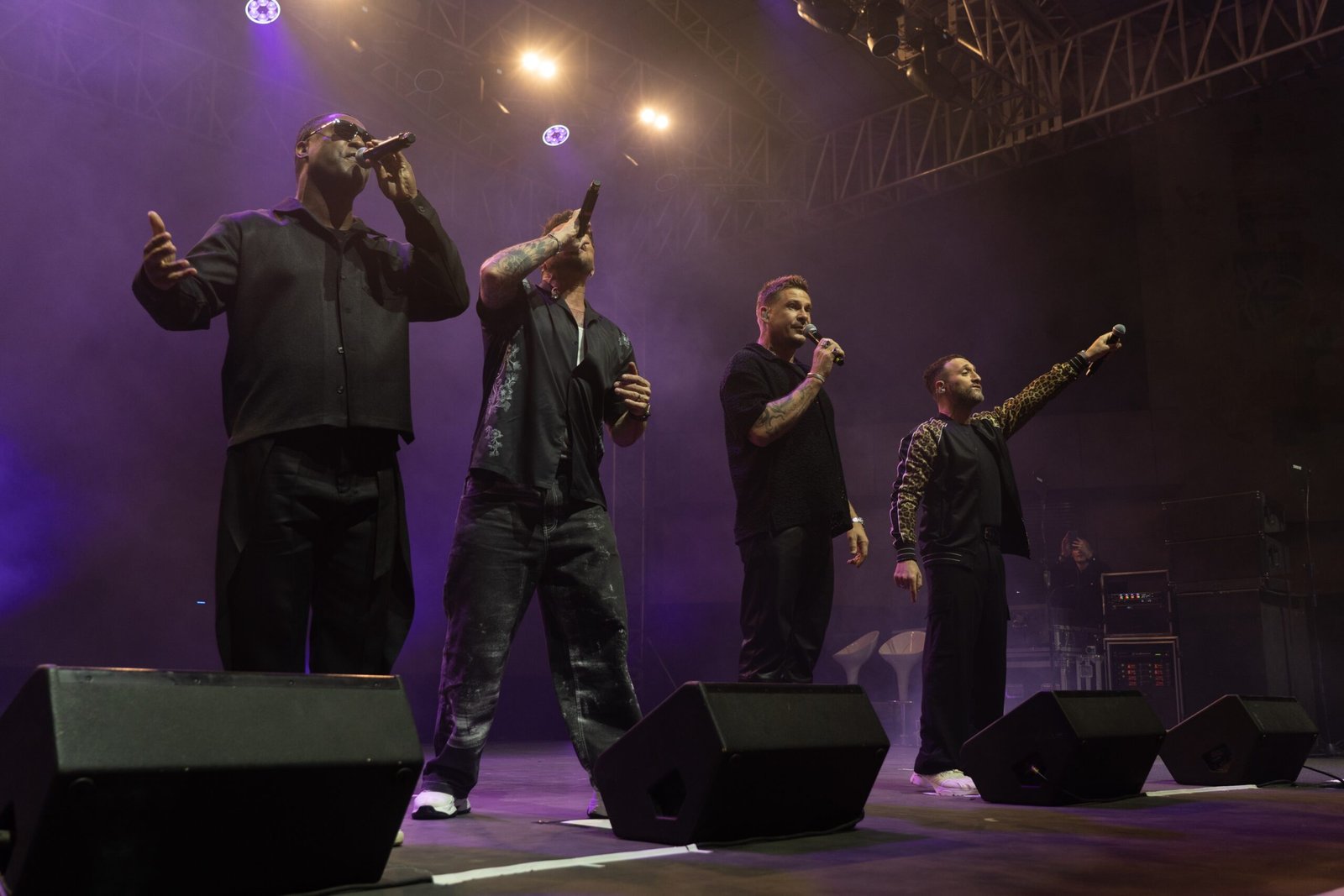From green beauty revolution, AI-powered skincare, innovative technology and inclusive beauty standards, TheGlitz looks at what’s trending in the beauty world.
Green Beauty Revolution: Sustainability at the Forefront
Sustainability is no longer just a buzzword; it’s a cornerstone of the modern beauty industry. Consumers are increasingly conscious of the environmental impact of their beauty products, driving a shift towards eco-friendly and ethical practices.
Eco-Friendly Packaging: Brands like Lush and Biossance are leading the way with minimal and biodegradable packaging. Refillable containers, recyclable materials, and waterless products are gaining popularity as consumers seek to reduce waste.

Clean Ingredients: There’s a growing demand for products formulated with natural, non-toxic ingredients. Herbivore Botanicals and RMS Beauty are examples of brands focusing on transparency, providing clean and safe beauty solutions without harmful chemicals.
Sustainable Sourcing: Ethical sourcing and fair trade practices are becoming critical. The Body Shop continues to set standards by ensuring that their ingredients are sourced sustainably, supporting local communities around the globe.
Beauty Tech: The Future is Now

Technology is revolutionizing the beauty industry, offering innovative solutions that enhance both the consumer experience and product efficacy.
AI-Powered Skincare: Brands like L’Oréal and Neutrogena are using artificial intelligence to provide personalized skincare recommendations. AI-driven apps analyze skin conditions and offer tailored product suggestions, making skincare more effective and personalized.
Smart Beauty Devices: Gadgets like FOREO’s LUNA and Clarisonic’s Mia are now staples in many beauty routines. These devices use advanced technologies like ultrasonic waves and microcurrents to deliver professional-grade treatments at home.
Virtual Try-Ons: Augmented reality (AR) tools from companies like Sephora and ModiFace allow customers to virtually try on makeup and hair colors before making a purchase, enhancing the shopping experience and reducing the need for physical testers.
Inclusive Beauty: Celebrating Diversity
The beauty industry is making significant strides towards inclusivity, recognizing that beauty comes in all shades, shapes, and sizes.
Diverse Shade Ranges: Brands like Fenty Beauty and UOMA Beauty are celebrated for their extensive foundation ranges that cater to a diverse array of skin tones. This movement towards inclusivity is setting a new standard in the industry.
Gender-Neutral Products: As traditional gender norms continue to evolve, beauty brands are launching products that appeal to all genders. Fluide and Non-Gender Specific are pioneers in creating cosmetics that celebrate individuality and diversity.
Representation in Marketing: Campaigns featuring diverse models and real people are becoming the norm. Brands like Dove and Glossier emphasize real beauty and self-acceptance, challenging conventional beauty standards.

Holistic Beauty: Wellness Inside and Out
The concept of beauty is expanding to encompass overall wellness, reflecting a holistic approach that integrates mind, body, and soul.
Beauty Supplements: Products like Hum Nutrition and Vital Proteins offer supplements that promote beauty from within. Collagen powders, vitamins, and adaptogens are becoming part of the daily routine for those seeking glowing skin and healthy hair.
Mindful Beauty Rituals: Brands are encouraging consumers to view beauty routines as self-care rituals. Tatcha’s luxurious skincare products and Herbivore Botanicals’ calming face oils promote a mindful approach to beauty, focusing on relaxation and well-being.
Stress-Relieving Ingredients: Adaptogens and CBD-infused products are gaining traction for their ability to reduce stress and promote a sense of calm. Herbivore Botanicals’ CBD face oil and Youth To The People’s adaptogen moisturizer are popular choices among wellness enthusiasts.
Minimalist Beauty: Less is More
The minimalist beauty trend is all about simplicity and functionality, focusing on multi-purpose products and a pared-down routine.
Skinimalism: This trend emphasizes the beauty of natural skin, encouraging minimal makeup and simple skincare routines. Brands like Glossier and The Ordinary advocate for a “less is more” approach, celebrating natural beauty and healthy skin.
Multi-Functional Products: Products that serve multiple purposes are on the rise. Nudestix and ILIA Beauty offer items like tinted balms and multipurpose sticks that simplify the beauty routine while delivering effective results.
Effortless Beauty: The focus is on achieving a fresh, natural look with minimal effort. Brands like Westman Atelier and Milk Makeup promote products that are easy to use and enhance natural features rather than masking them.
Cultural Inspirations: Global Beauty Influences
Beauty trends are increasingly drawing inspiration from diverse cultures, celebrating traditional practices and ingredients from around the world.
K-Beauty and J-Beauty: Korean and Japanese beauty trends continue to influence the global market. Dr. Jart+ and Shiseido offer innovative products like sheet masks and lightweight sunscreens, known for their efficacy and gentle formulations.

Ayurvedic Beauty: Traditional Indian beauty practices are gaining popularity, with brands like Forest Essentials and Kama Ayurveda introducing products that incorporate time-honored Ayurvedic ingredients like turmeric, neem, and sandalwood.
African Beauty Secrets: Brands like Shea Moisture and 54 Thrones celebrate African beauty traditions, featuring ingredients like shea butter and moringa oil known for their nourishing properties.
Bold and Creative: Embracing Individuality
This is the year of self-expression, with beauty trends encouraging bold, creative, and individualistic approaches.
Bright and Unconventional Colors: Eye-catching makeup in vibrant hues is trending, with brands like Urban Decay and NYX Professional Makeup offering bold palettes and playful lip colors.
Graphic Eyeliner: Creative and graphic eyeliner looks are dominating social media. From floating liners to intricate designs, brands like Fenty Beauty and Stila are providing the tools to experiment with this trend.
DIY Beauty: The rise of at-home beauty experimentation is encouraging consumers to create their own beauty products and treatments. Kits for homemade masks, scrubs, and even lip balms are becoming popular among beauty enthusiasts looking to personalize their routine.
Tech-Driven Beauty Personalization
As consumers seek more tailored beauty experiences, personalization driven by technology is taking center stage.
Custom Skincare and Makeup: Brands like Curology and Function of Beauty offer personalized skincare and haircare products based on individual needs and preferences, using AI and consumer data to create bespoke formulas.
DNA-Based Beauty: Companies like GeneU are pioneering DNA-based beauty solutions that offer skincare products tailored to an individual’s genetic makeup, promising more effective and targeted results.
3D Printing in Beauty: The use of 3D printing technology is expanding, with brands like Grace Choi’s Mink creating customizable makeup products, allowing consumers to print their own shades and colors at home.
Beauty Mores
The beauty industry today is a vibrant tapestry of trends that celebrate diversity, sustainability, and individuality. From green beauty initiatives and innovative tech solutions to inclusive practices and cultural inspirations, the beauty world is evolving to meet the needs of a more conscious and creative consumer base.
As these trends continue to shape the industry, they reflect a broader shift towards a more inclusive, sustainable, and personalized approach to beauty. Whether you’re a beauty enthusiast, a professional, or just someone looking to update your routine, TheGlitz offers a wealth of exciting possibilities to explore and embrace.
So, what’s your beauty resolution? Is it embracing minimalism, experimenting with bold colors, or adopting a more sustainable routine, whatever it may be, the beauty world is your playground.
